Welcome to Posten Transportation, your ultimate online destination for all things related to vehicles.
Manufacturing
Latest Industry News
Innovative Products
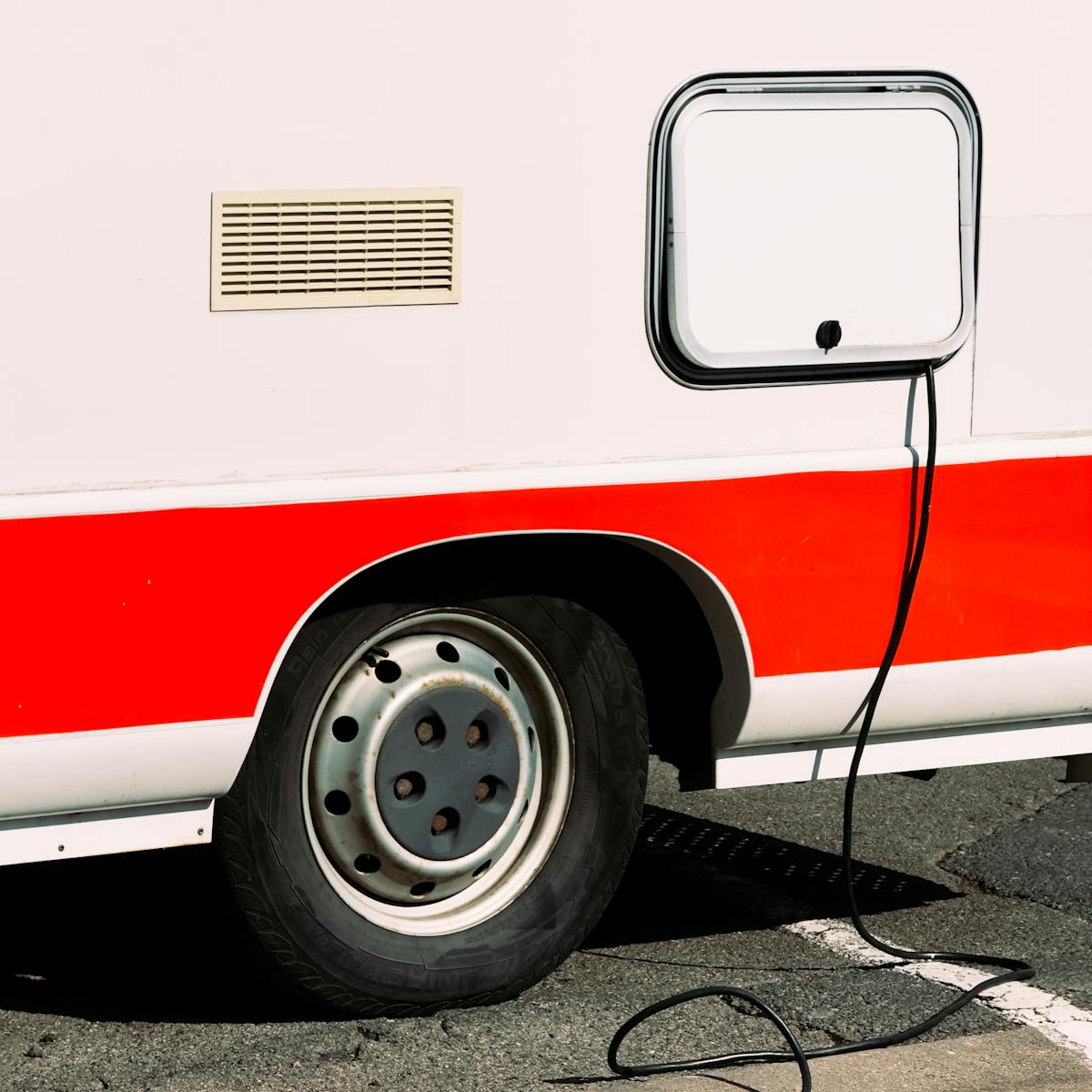
Ultimate Source
Welcome to Posten Transportation
Stay up to date with the latest trends and advancements in the automotive world thanks to Posten Transportation, the ultimate source for all things related to vehicles. But that’s not all – we also provide valuable resources and safety tips to promote responsible and safe driving for everyone.
Stay Informed About Transportation Trends
Welcome to Posten Transportation, where we provide valuable insights and resources on the latest industry news and trends for all types of vehicles.
Stay informed and stay safe!
Stay updated on the latest vehicle trends and safety tips.
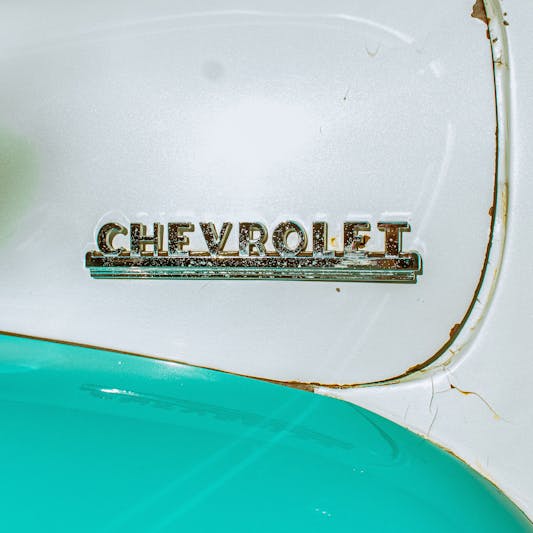
Frequently Asked Questions
At Posten Transportation, we prioritize safety for all our customers. From checking your tire pressure to maintaining your brakes, we’ve got you covered.
Choosing the right vehicle can be overwhelming, but our experts are here to help. We offer a variety of vehicles to suit every preference, from fuel-efficient cars to powerful motorcycles.
At Posten Transportation, we pride ourselves on our exceptional customer service and high-quality products.
Recent Blog Posts
Stay up-to-date with the latest industry news and trends by reading our valuable blog posts on cars, motorcycles, and more.

Essential Tips for Protecting Your Electronics When Transporting Vehicles
Quick Preparation Checklist for Vehicle Electronics Before transporting your vehicle, protecting electronics begins with a thorough inventory of all[…]
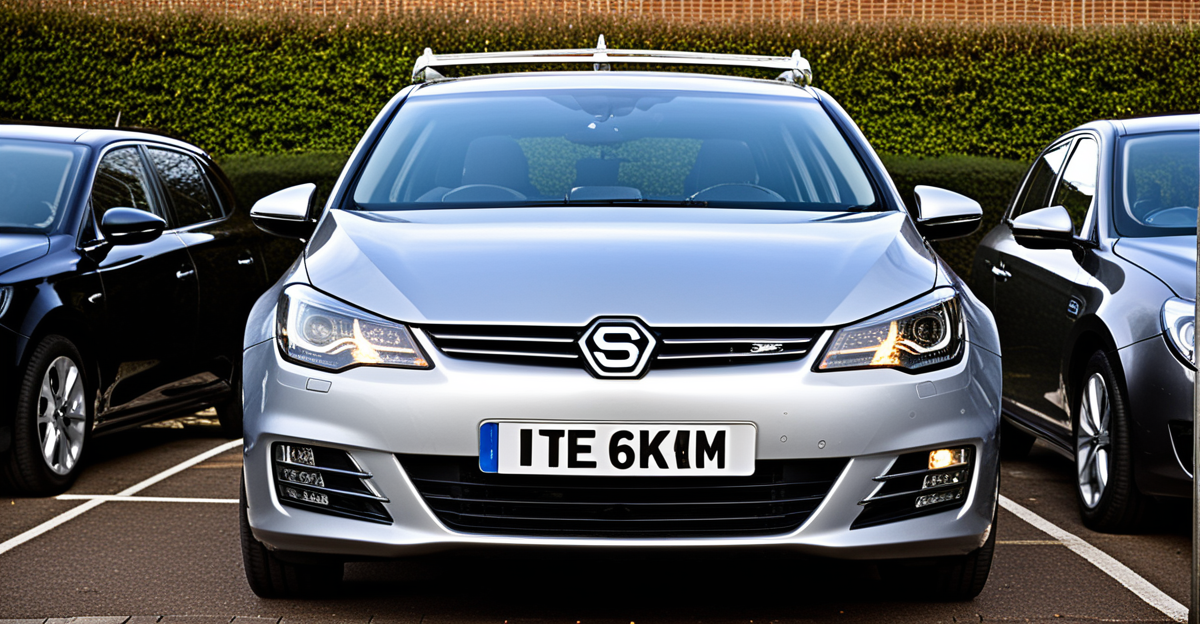
The Comprehensive Guide to Mastering Parking Sensor Installation and Calibration for UK Vehicles
Essential Preparation for Parking Sensor Installation Preparing effectively for parking sensor installation prep is crucial to ensure a smooth,[…]

Mastering Your Yamaha TMAX 560: The Ultimate Guide to Perfecting Idle Speed Adjustment for Peak Performance
Essential Tools and Safety Precautions for Idle Speed Adjustment Preparing your workspace carefully sets the stage for effective tuning.[…]
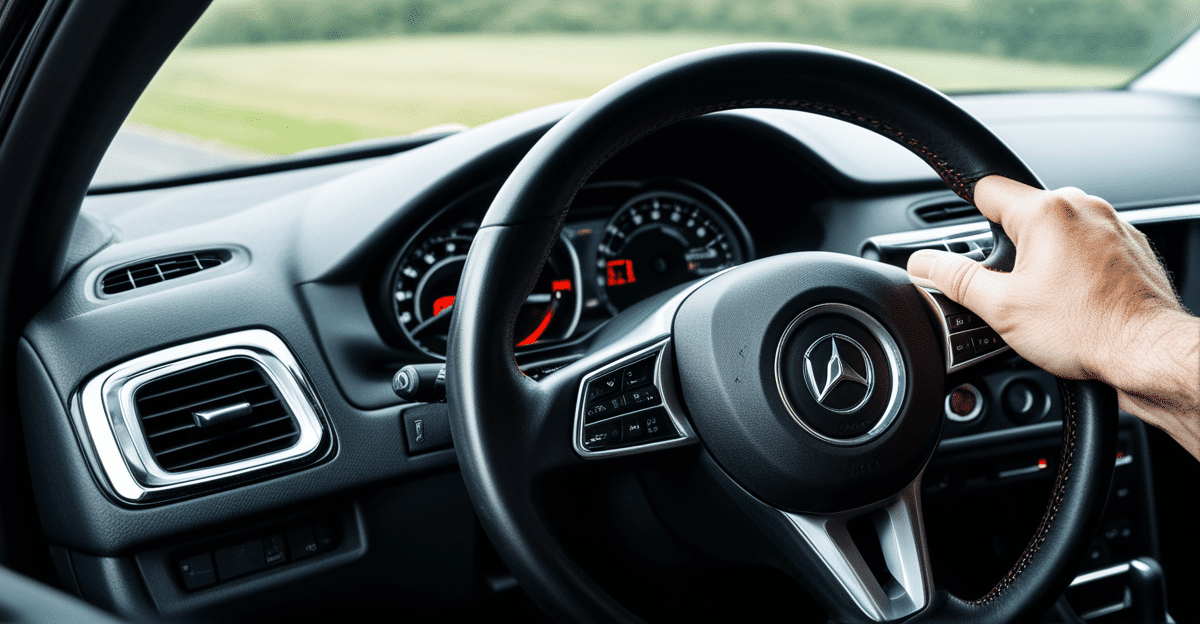
Comprehensive Handbook for Assessing and Guaranteeing Steering System Safety in UK Automobiles
Essentials of Steering System Safety Standards for UK Automobiles Understanding steering safety standards is crucial for complying with UK[…]
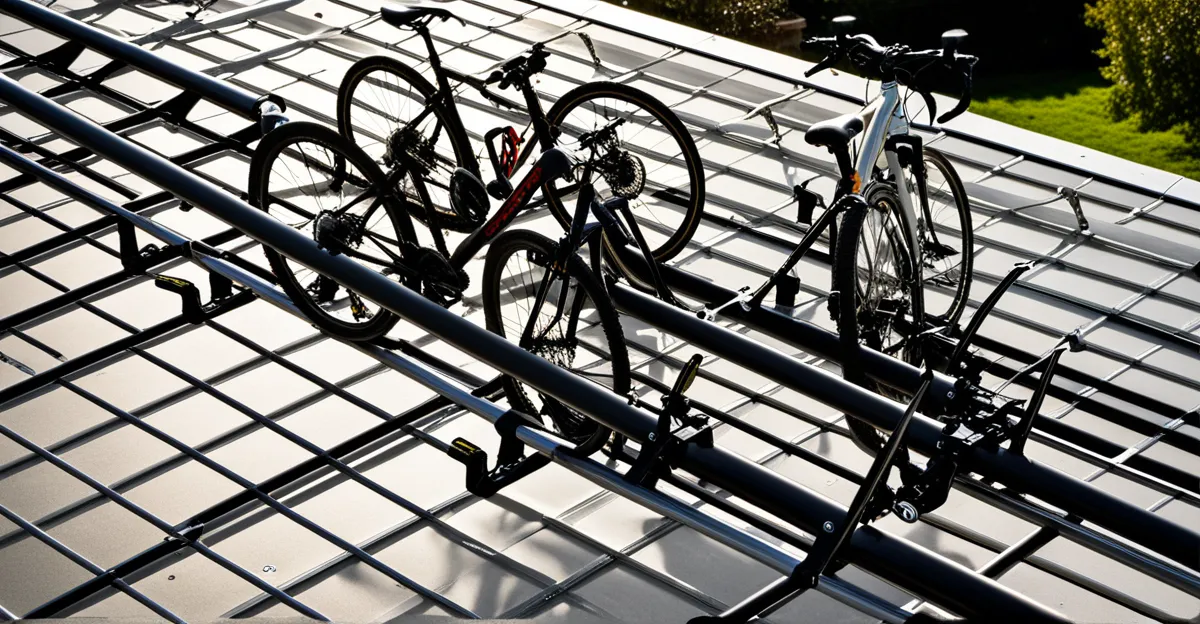
Complete Handbook for Securely Installing Your Roof-Mounted Bike Rack: Essential Tips for a Safe Setup
Step-by-Step Guide to Installing Your Roof-Mounted Bike Rack Make your ride-ready journey simple and secure. To install a roof-mounted[…]
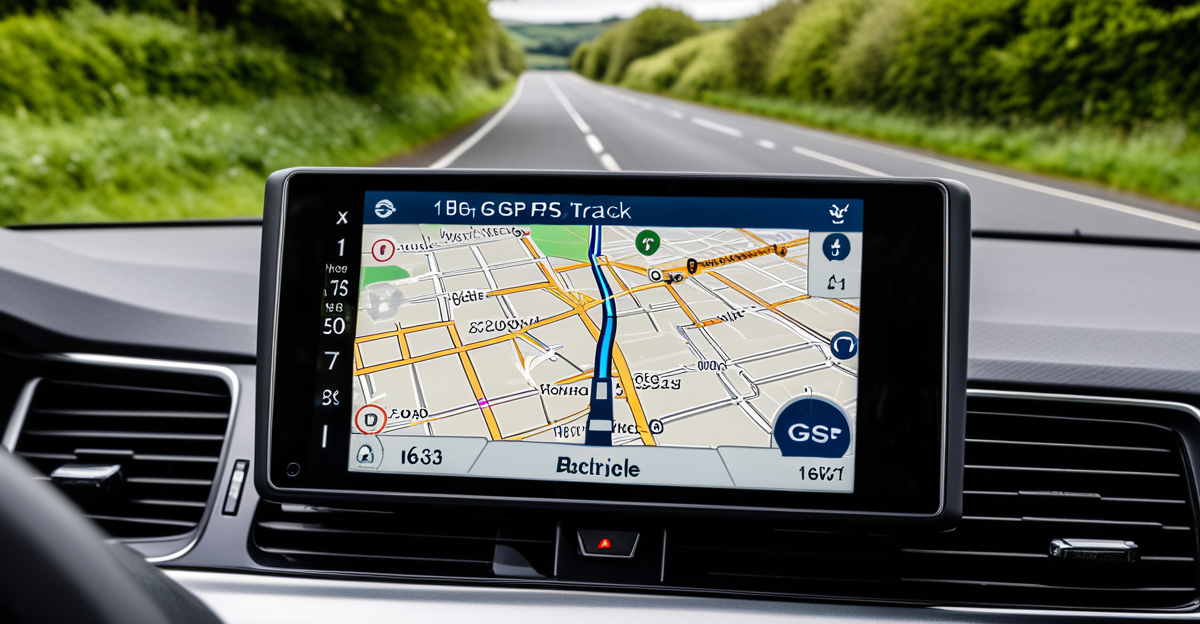
Top-Rated Car GPS Trackers in the UK for 2023: Your Ultimate Guide to the Best Systems
Best Car GPS Trackers in the UK for 2023: Expert Picks Discovering the best car GPS trackers UK has[…]
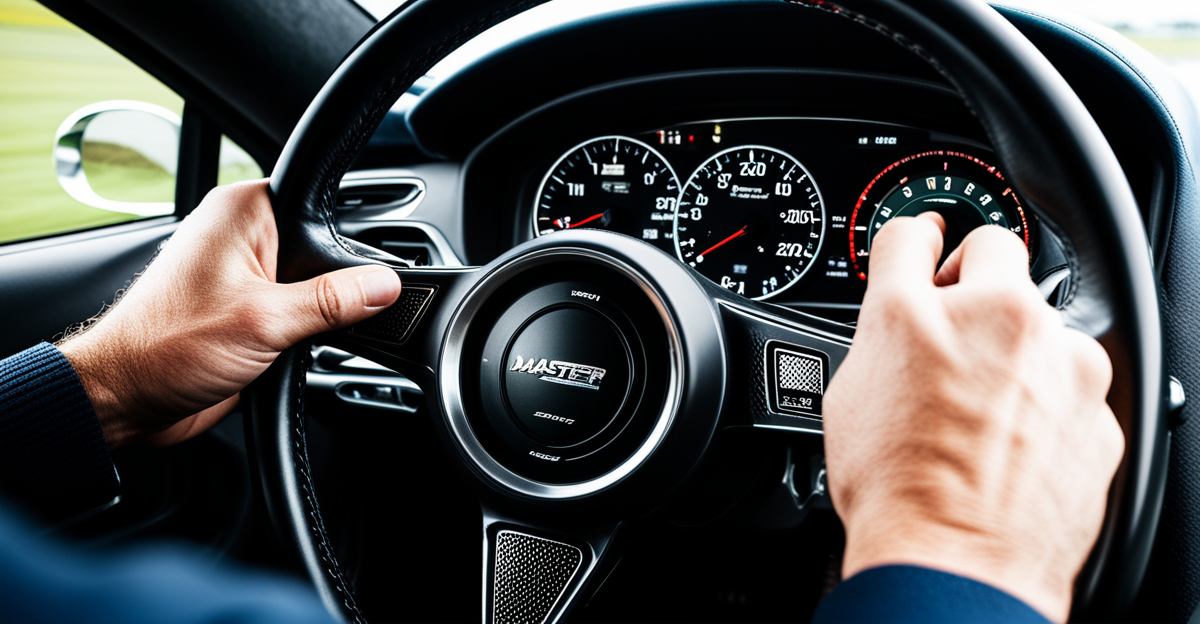
Mastering Wheel Balance: Unlocking Superior High-Speed Performance in British Racing Cars
Achieving Precise Wheel Balance in British Racing Cars Precision in wheel balancing techniques is crucial for British racing cars,[…]
Transform Your Suzuki SV1000: A Simple Guide to Headlight Bulb Replacement with Just a Few Tools!
Essential Tools and Safety for Suzuki SV1000 Headlight Bulb Replacement Before beginning your Suzuki SV1000 headlight bulb replacement, assembling[…]
Comprehensive Handbook: Pro Strategies for Checking and Replenishing Differential Fluid in Your Vehicle in the UK
Immediate Essentials for Checking and Replenishing Differential Fluid in UK Vehicles Mastering the differential fluid check UK process is[…]
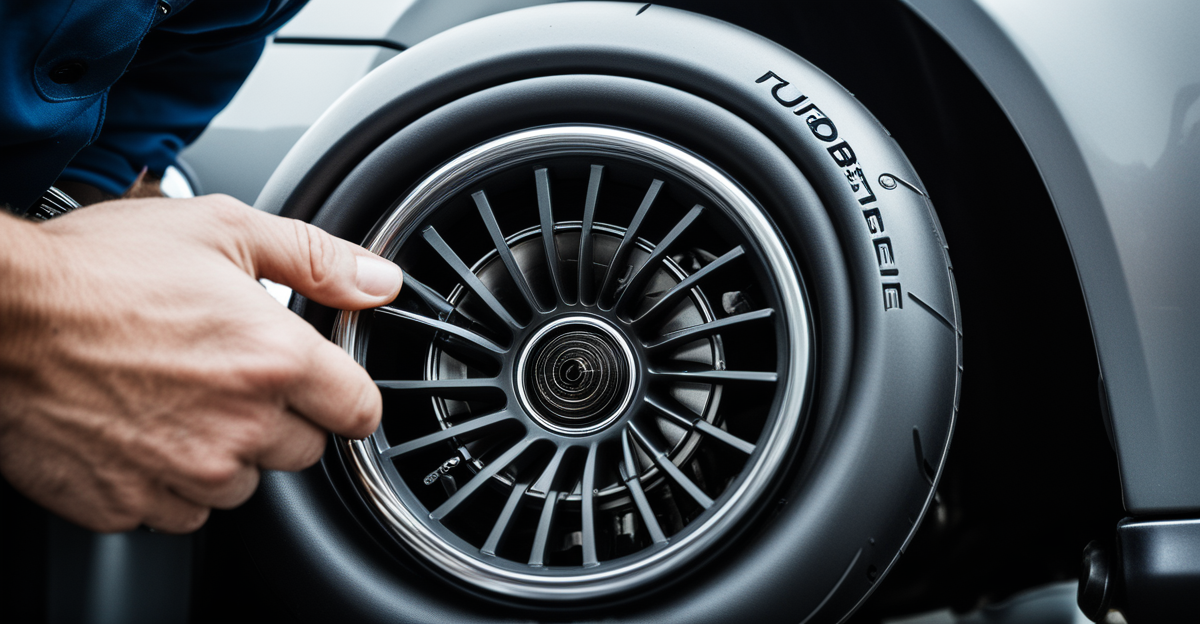
The Definitive Guide: Essential Tips for Optimal Turbocharger System Maintenance in Your Vehicle
Understanding Turbocharger System Fundamentals A turbocharger fundamentally boosts engine power by forcing extra air into the combustion chamber, enabling[…]
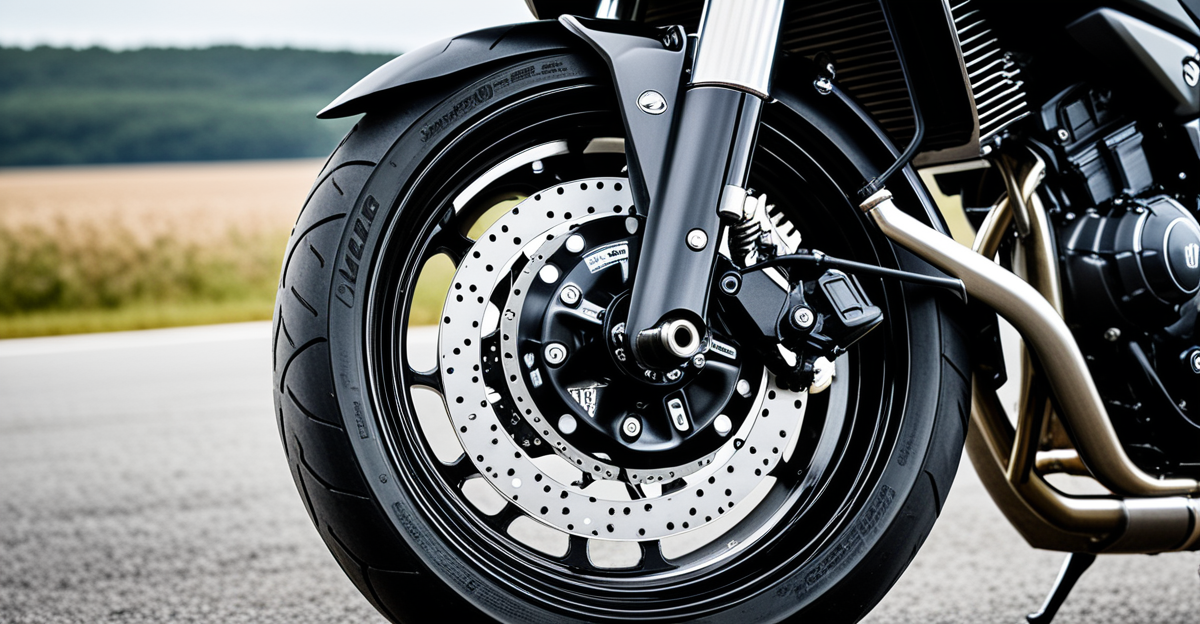
Ultimate Brake Fluid Care: Your Essential Guide to Checking and Refilling for the Honda NC750X
Essential Tools and Safety Precautions for Honda NC750X Brake Fluid Maintenance Before performing Honda NC750X brake fluid maintenance, gathering[…]

Unlocking the Secrets of Classic Car Carburetors: An Essential Guide for UK Enthusiasts
Core Mechanics of Classic Car Carburetors Classic car engine technology relies heavily on carburetor mechanics to mix air and[…]
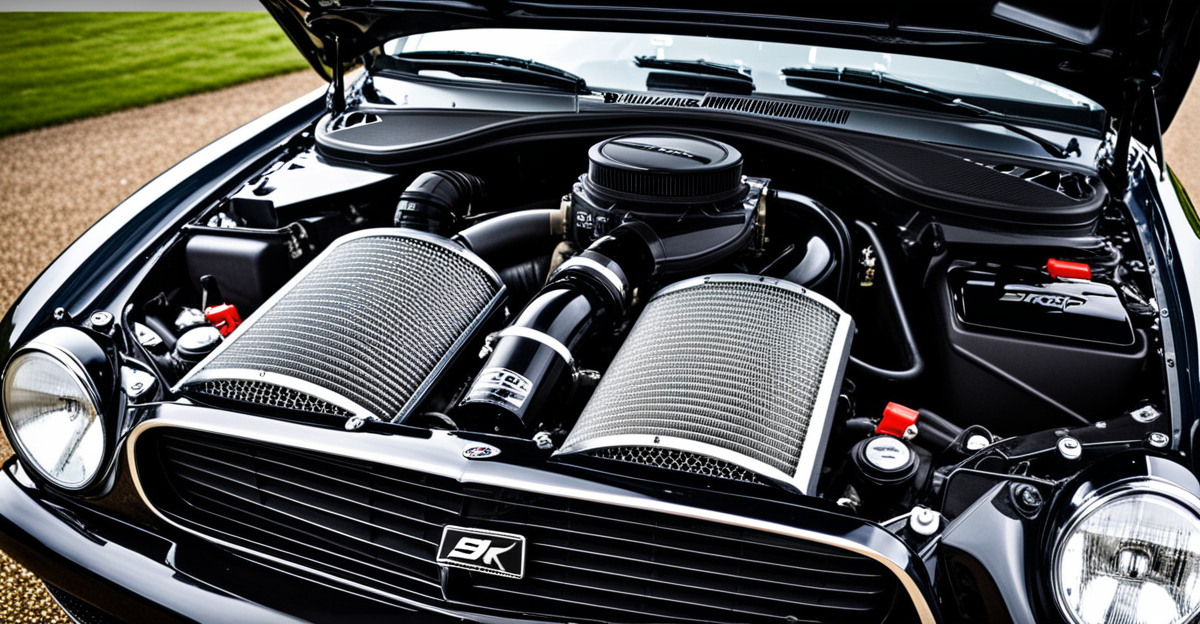
Unleash Your British Sports Coupe’s Potential: The Definitive DIY Guide to Cold Air Intake System Installation
Step-by-Step Cold Air Intake Installation for British Sports Coupes Installing a cold air intake system in your British sports[…]
Navigating UK Emissions Standards: A Comprehensive Guide to Vehicle Testing Regulations
Understanding UK Emissions Standards Vehicle emissions regulations in the UK play a crucial role in reducing air pollution and[…]
Maximizing Your Electric Vehicle Experience: A Comprehensive Guide to Navigating the Expanding EV Charging Network in the UK
Overview of the UK EV Charging Network The United Kingdom’s EV charging infrastructure has become a vital component of[…]
